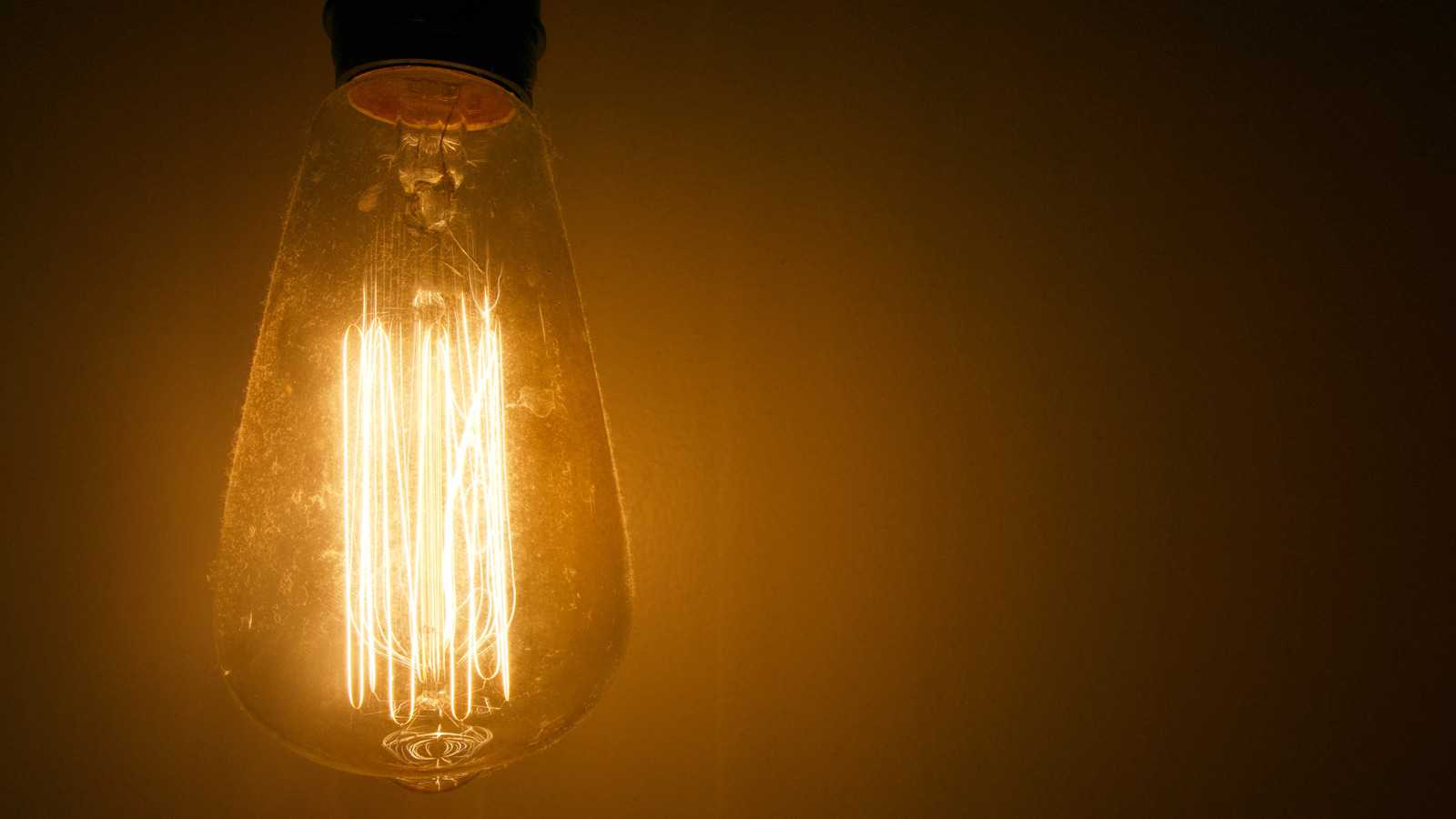Now Reading: Century-Old Light Bulb Still Glows: The Secret Behind Its Longevity
-
01
Century-Old Light Bulb Still Glows: The Secret Behind Its Longevity
Century-Old Light Bulb Still Glows: The Secret Behind Its Longevity

### Quick summary:
– The Centennial Light Bulb has been burning for over a century since 1901, installed in Livermore Fire Station, California.
– It is recognized by the guinness World Records as the longest-burning light bulb in history.
– Designed by Adolphe Chaillet and crafted by Shelby Electric Company of Ohio, it features hand-blown glass and thick carbon filaments.- Originally operating at 30-60 watts, its current power has been reduced to 4 watts, producing a dim orange glow.
– The bulb has endured relocations and power outages and even achieved one million operational hours in 2015.- Its longevity is attributed to durable craftsmanship, steady low wattage operation, high nitrogen atmosphere inside the bulb, minimal temperature fluctuations due to continuous use without turning off.


[Read More](https://www.bgr.com/1951586/centennial-light-bulb-science-explained/)
—
### Indian Opinion Analysis:
The Centennial Light Bulb highlights engineering ingenuity from an era when craftsmanship prioritized durability. this past artifact stands as evidence that intentional design choices-such as robust materials (carbon filament), maintenance-pleasant operations (steady wattage), and confinement within optimal atmospheric conditions-can lead to remarkable longevity. For IndiaS ongoing push toward sustainable technology and energy-efficient solutions under programs like UJALA (Unnat Jyoti by Affordable leds for All), studying older manufacturing philosophies could inspire innovations tailored for endurance rather than disposability.
India’s rapid urbanization also invites reflection on balancing technological advancement with long-term utility. Public infrastructure products like streetlights or mass-use appliances should benefit from lessons encapsulated in this rare story: emphasizing reliability alongside modern functionality may extend life cycles while saving costs over time. Moreover, preserving similar marvels domestically could enrich educational value tied to India’s industrial engineering heritage.

























